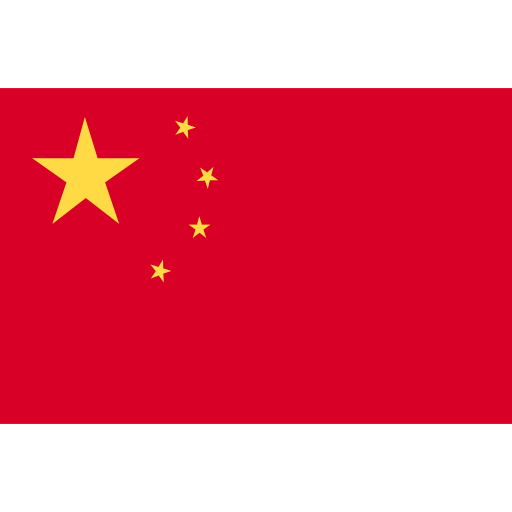South Korea Import Data
The Republic of South Korea is another name for South Korea. The nation, which includes a section of the Korean Peninsula, is situated in eastern Asia. Three nations—North Korea, China, and Japan—share borders with South Korea. The world's fifth-largest center for nuclear weapons development is located in South Korea. The year 2024 has witnessed significant changes in South Korea's import industry, as per South Korea trade statistics. With a booming economy and increased global trade, the demand for accurate and up-to-date import data has become crucial for businesses wanting to make informed decisions. According to South Korea’s import data, its total imports accounted worth $632.09 billion in 2024, with a decline of 2% from 2023. South Korea is a part of trading blocs such as the WTO and RCEP. Let us delve into the intricacies of South Korea imports data for 2024, highlighting its importance, trends, and impact on various sectors.





